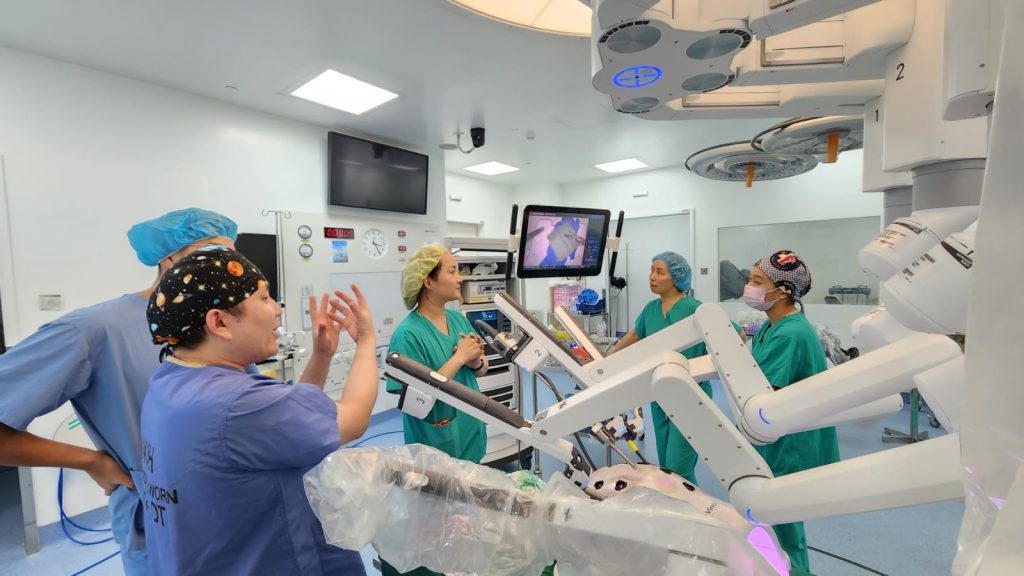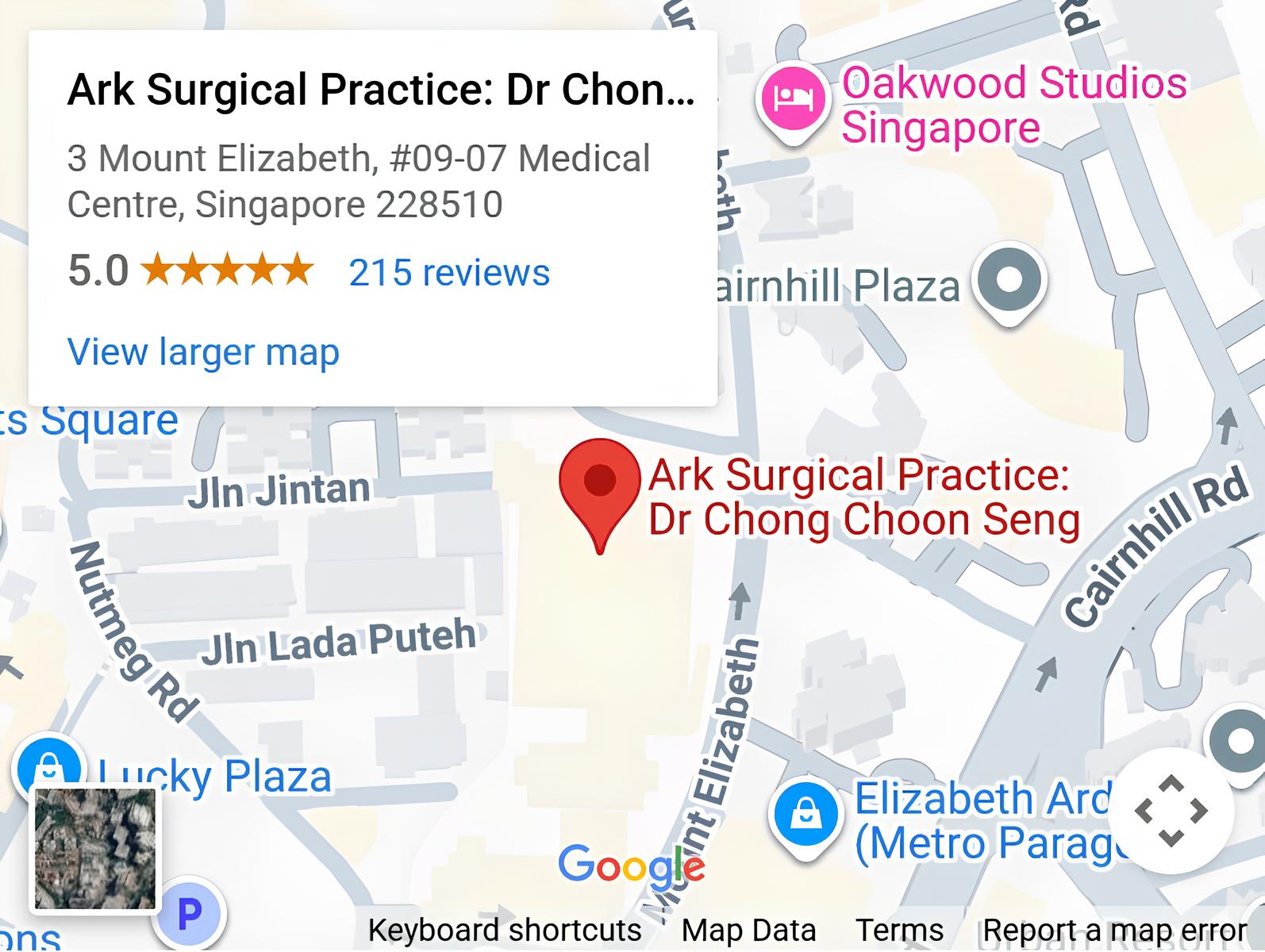DaVinci robotic surgery is a minimally invasive surgical approach that utilises a sophisticated robotic system to assist surgeons in performing complex procedures. The system consists of a surgeon’s console, a patient-side cart with robotic arms, and a high-definition 3D vision system. The robot doesn’t perform surgery independently – it translates the surgeon’s hand movements into precise micro-movements of surgical instruments inside the patient’s body.
The technology enables surgeons to operate through small incisions (typically 1-2cm) rather than large open incisions. The robotic arms hold specialised instruments that can rotate and bend with greater flexibility than the human wrist, allowing surgeons to access difficult-to-reach areas with minimal tissue disruption. The system’s 3D high-definition camera provides magnified views of the surgical site, offering better visualisation than traditional approaches.
This surgical method is utilised across various specialties including urology, gynaecology, general surgery, cardiothoracic surgery, and colorectal surgery. Common procedures performed with DaVinci technology include prostatectomy, hysterectomy, hernia repair, and certain cardiac procedures. The system’s precision and minimal invasiveness have made it particularly valuable for procedures in confined spaces or those requiring delicate tissue handling.
























